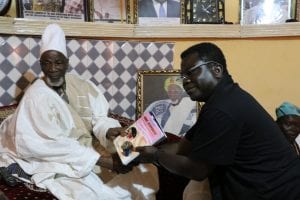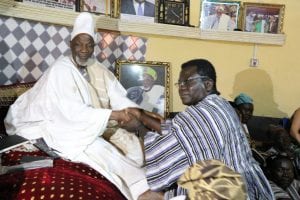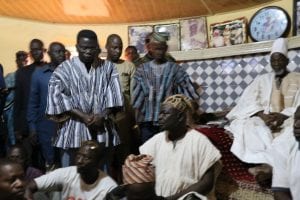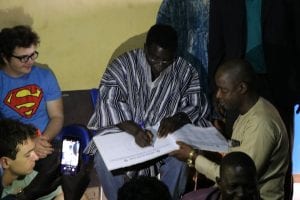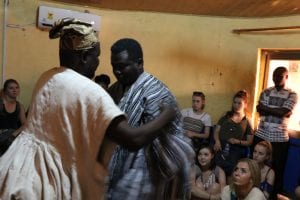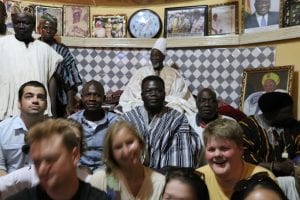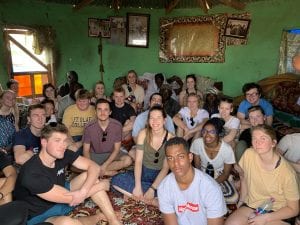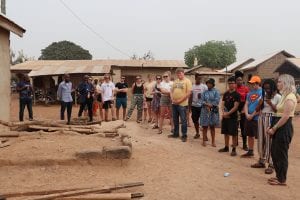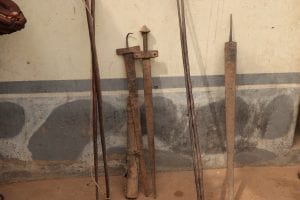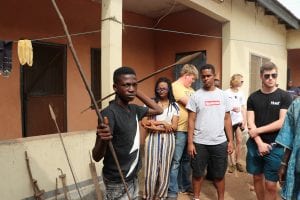Today after much anticipation we finally got to visit the Mole National Park. Being a day that many people were looking forward to, spirits were high as we climbed on the bus in the morning to embark on our two and a half hour trip.
On the way out we saw many small towns along the road. When we arrived at the park everybody was anticipating a really amazing day. When we arrived at the visitors center we were introduced to a park ranger who began to explain the history of the park, when they got a call that the elephants had been spotted. We quickly hopped on the safari trucks and set off on our adventure.
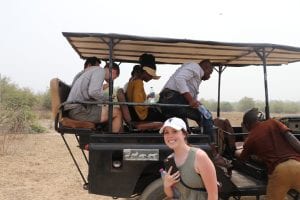
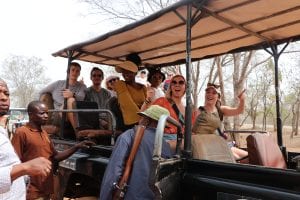
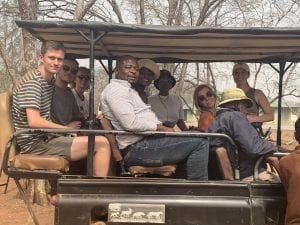
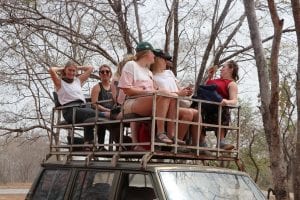
As we drove through the park on the top of our cars, we were able to spot many animals: Antelopes, birds, and warthogs.
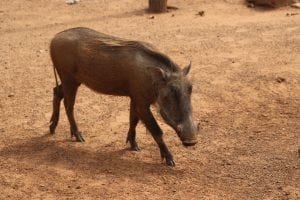
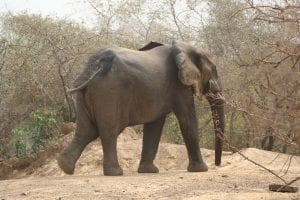
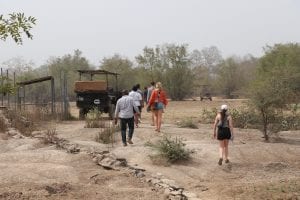
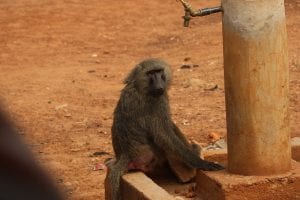
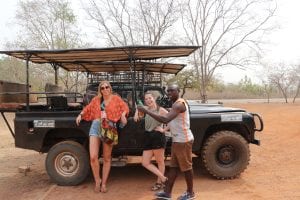
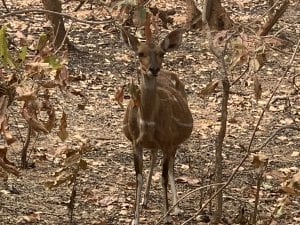
We then pulled up on next to a small pond to watch as the elephants strolled up to cool down in the water. We were able to stand as close to 20 feet away from the elephants, which was a truly amazing experience as most people have only seen elephants in the confines of a zoo.
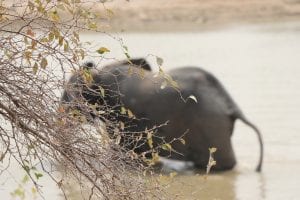
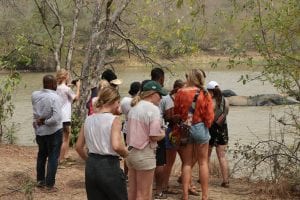
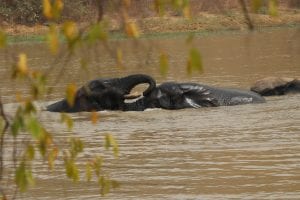
As we stood on the side of the pond the ranger explained that the elephants we were watching were all males, who are much less aggressive than their female counterparts. We also learned that their true color is black which absorbs the sun, so to adapt to the heat, they cover themselves in layers of mud and dirt. We watched the elephants ascend from the pond, and after taking a few pictures, we headed back to our cars and headed off on the rest of the safari. We drove through the beautiful African terrain and observed many other animals which are inhabitants of the park including a red necked bird which burrows in the ground for their nest.
After the safari we all arrived back at the visitors center where we were able to go into a museum to view and array of skeletons and skins belonging to animals within the park.
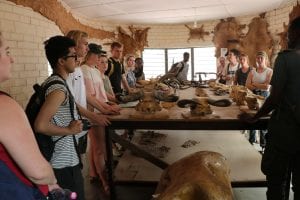
Larabanga
After a day in the sun and the excitement of the animals, we got back on the bus and headed off to a town nearby, Larabanga. We pulled up to a town close the the park which housed an ancient mosque, built in 1421.
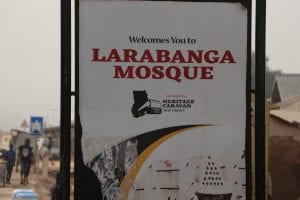
After a brief tour and observation of the mosque we learned that the 100% muslim town (a rare occurrence) was built around the structure.
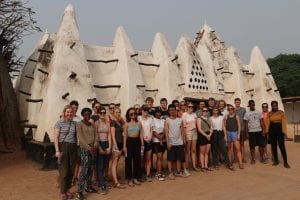
Also, we were told the legend behind the structure. According to the story, a man who was seeking a spot to build a mosque stood at a holy rock and threw a spear. The mosque was built at the very site which the spear landed. The mosque itself is a really interesting structure. It is a white building nestled next to a tree, held up by wood and mud.
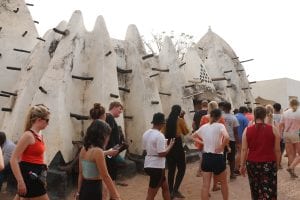
One thing we learned is that the doors were so small as to force the occupants of the space to bow to god during their entry.
Mystic Stone
We then visited the mystique stone, the place where the spear was thrown. We were greeted by the children of the town and learned new handshakes with them. The group donated a soccer ball to the children.
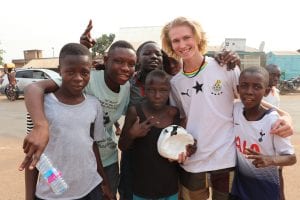
We then took a quick stop to the mystic rock where the spear was thrown.
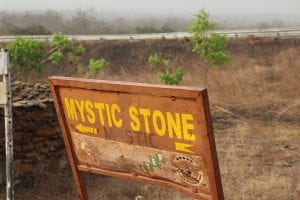
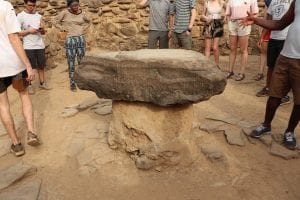
When they were building a road they moved the rock to make way. And the next day the rock mystically moved back to the same place, hence the name mystic rock.
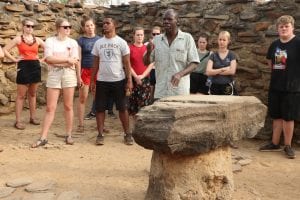
After the quick stop to town, we headed back to Tamale.

